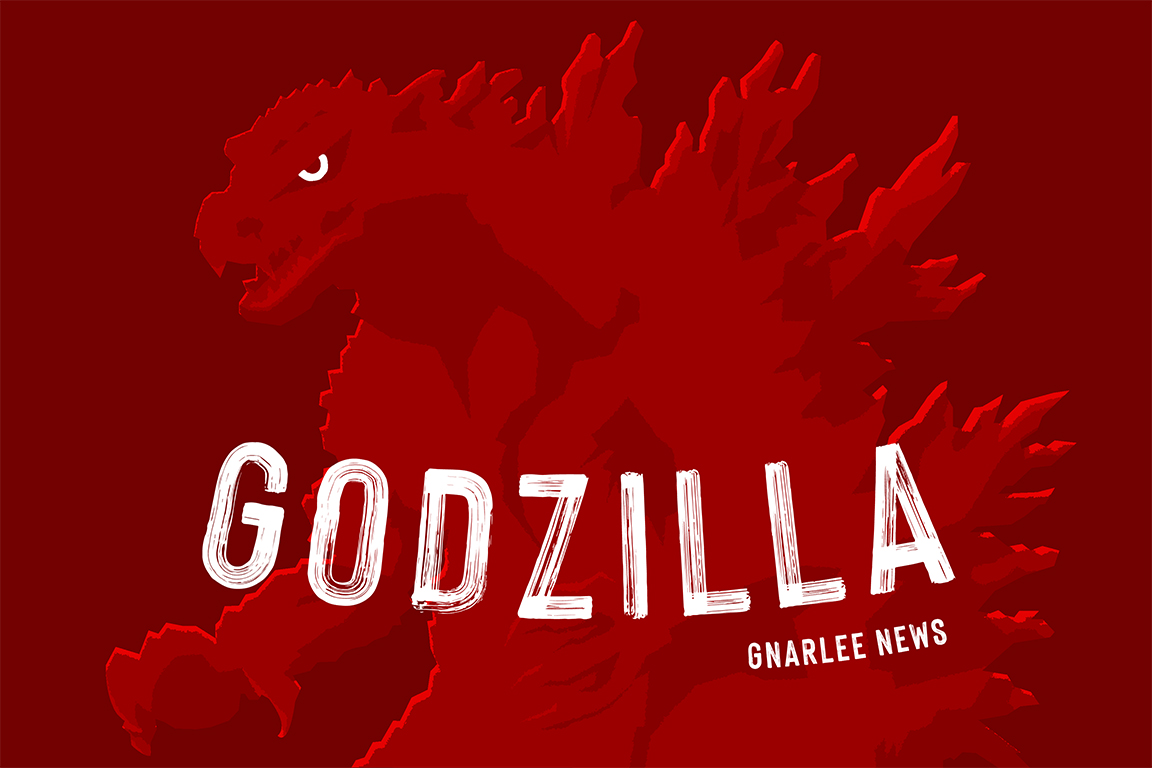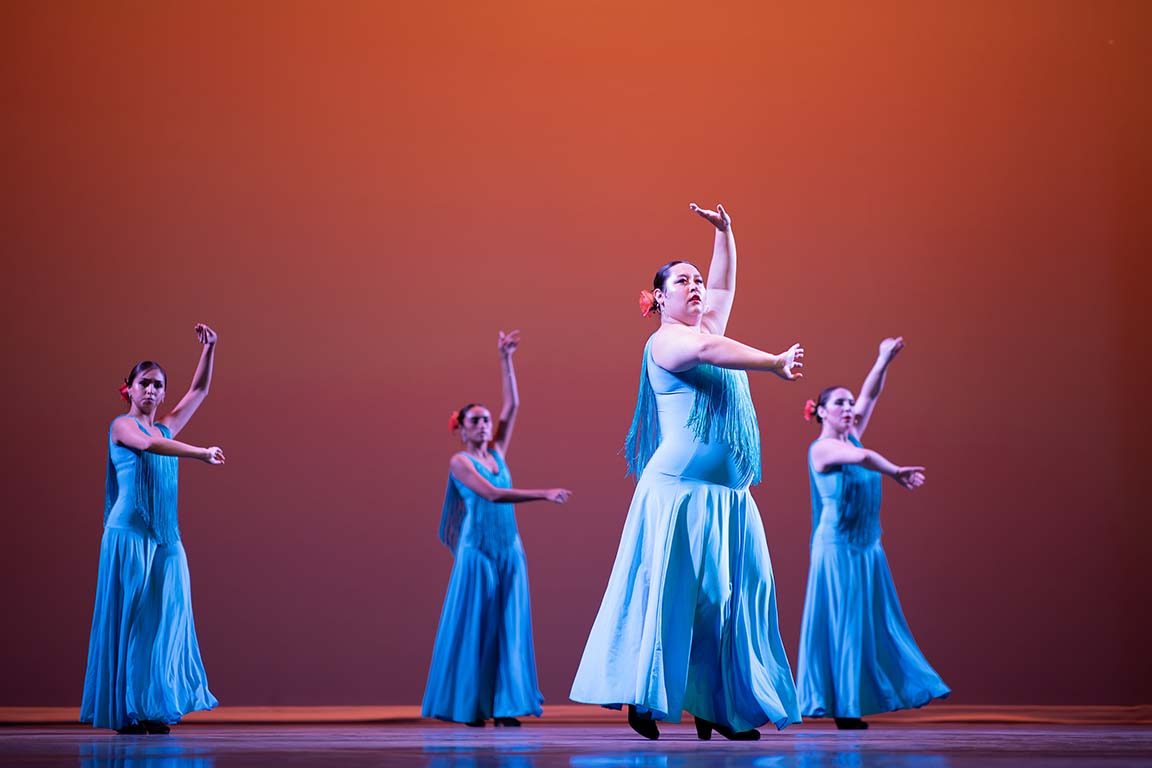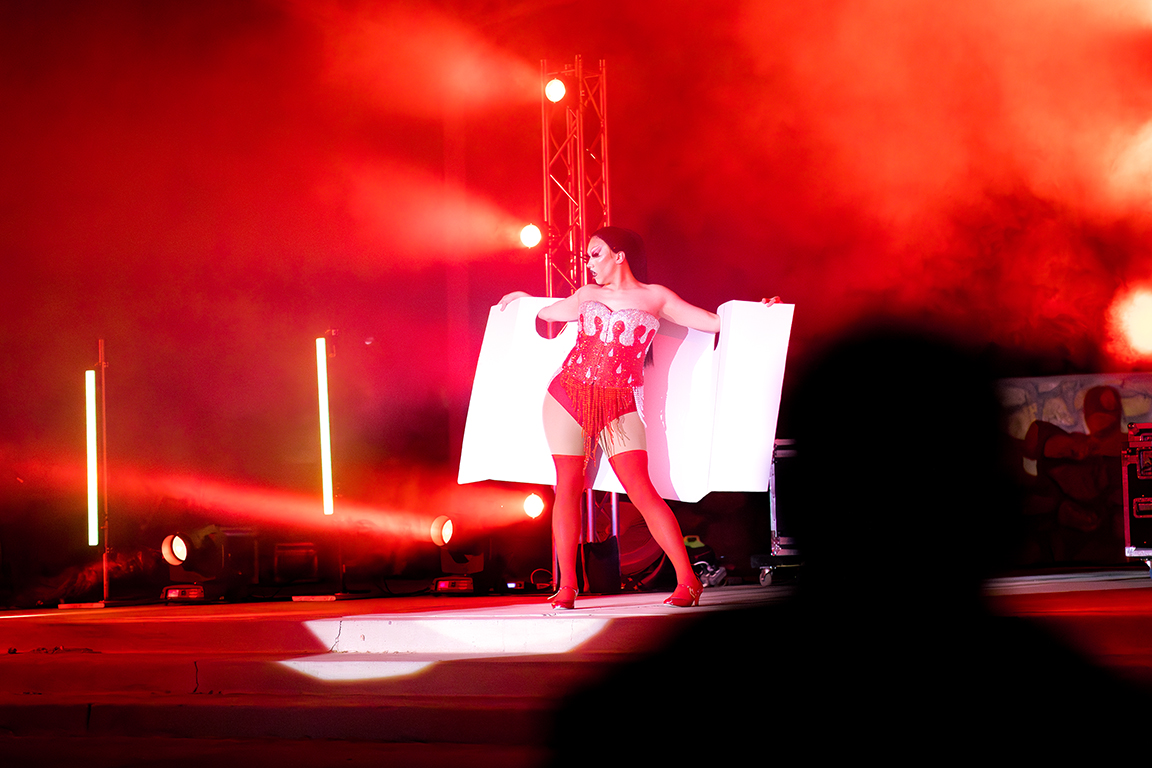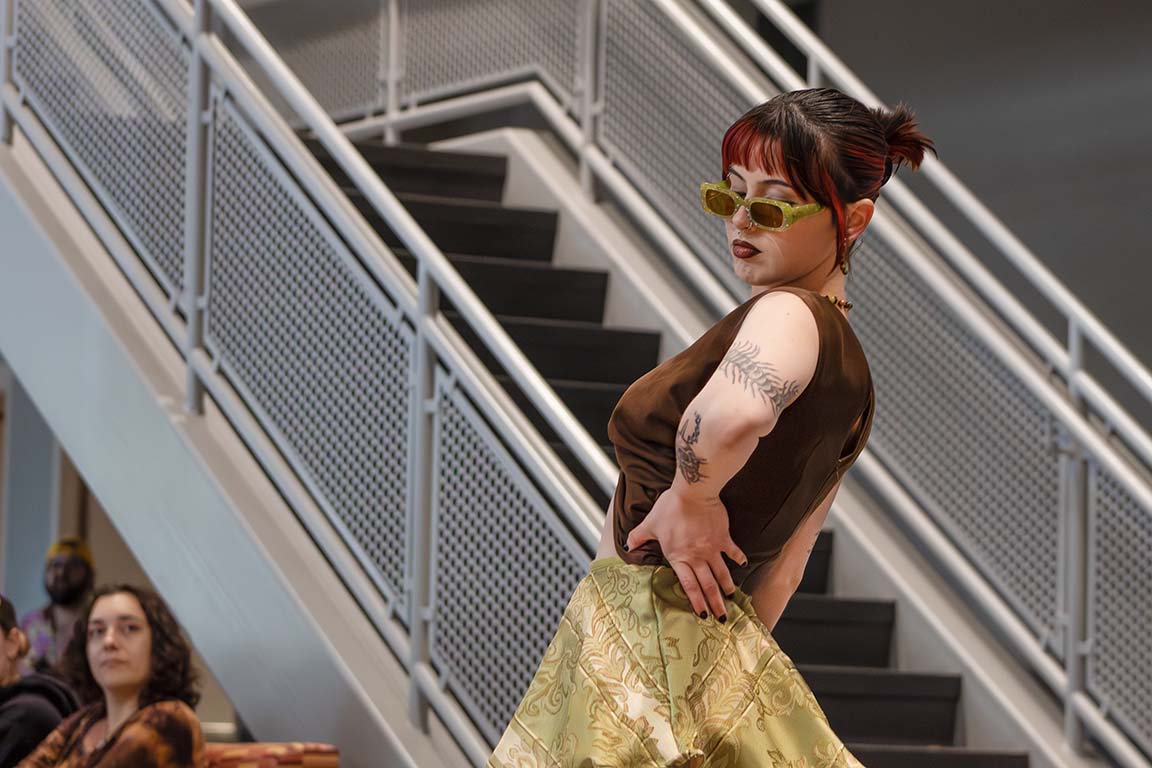Ishiro Honda was first struck with the idea to create Godzilla while looking out of a plane window and imagining what it would be like if a giant monster came out of the ocean. Honda was able to bring his idea to life in 1954 when the first Godzilla movie, also known as Gojira, premiered.
In the movies, Honda made Godzilla as an allegory for the atomic bombings of Hiroshima and Nagasaki. In fact, the first movie came out nine years after the bombs were dropped. Since then, 38 movies have been made to feature the atomic-breathing monster and earn him the title of “King of the Monsters.”
The movies can be arranged into four eras. The first era is the Showa era, which includes the movies made between 1954 to 1989. It was during this time that “kaiju” movies, essentially Japanese media involving giant monsters, were popularized by Honda as he created other monsters to fight against Godzilla. Mothra and Angruirus are two such “kaiju” that debut during this time as enemies. Every movie in this era follows an episodic style where each movie is a direct sequel to the one before it. It ends with the 15th installment in the franchise, Terror of Mechagodzilla.
In his beginning, Godzilla is an antagonistic, giant monster that terrorizes humanity for seemingly no purpose. That is, until Ghidorah, the Three-Headed Monster, where Godzilla takes on a role as a protector, and the movies start to display various “kaiju” ally and enemy relationships for him.
The Heisei era follows and lasts from 1989 to 1995. During this time, every movie but the first Godzilla from the Showa era is ignored, and a new lore begins. This series, like its predecessor, has one continuous storyline, but features new characters like Godzilla Junior and concepts like Godzilla’s biology. This period ends with Godzilla vs. Destoroyah and sets the standard for future Godzilla films and how the stories will be told.
The third era is a grouping of the Godzilla movies from 1999 to 2004. It begins with Godzilla 2000: Millennium and ends with Godzilla: Final Wars.
The Millennium series varies from the previous eras as it is the first to not follow a continuous Godzilla timeline in its films. Most of the films made during this time exist as standalones, however, some are either a direct sequel to or reference the original Godzilla in some way.
In the present, there are two different eras of Godzilla movies. In Japan, it is the Reiwa era, which began in 2016. In America, the MonsterVerse series started in 2014.
The Reiwa era starts with the standalone Shin Godzilla featuring an entirely new physical depiction of our main character, who has a head on the end of his tail and a deadly focus on destruction. The fifth and most recent movie to be made during this era is Godzilla Minus One. After being released in 2023, it is the first and only movie within the franchise to be nominated for and win an Oscar.
In America’s MonsterVerse, none of the movies reference the 1954 Godzilla and instead the story follows its own alternate universe where the “kaiju” are called Titans and have existed on Earth for millions of years. Currently, there are five movies, but the sixth is set to premiere in 2027.
Godzilla also has a new purpose to maintain balance in nature against his different enemies that threaten to destroy it. Throughout the series, he is referred to as the King of the Monsters and fights familiar foes from previous films such as Ghidorah, Mechagodzilla, and King Kong.
This series has increased Godzilla’s popularity in the states by being the only successful American adaptation. Fans gravitate toward this series because it is the closest to the Japanese source material, despite having a different storyline, as it is physically captivating and an accurate depiction of Godzilla.
Beyond his plethora of movie appearances, Godzilla has gained stardom and recognition as a pop culture icon. He is featured in everything from video games to having songs named after him. In Japan, Godzilla has even been declared an official tourist ambassador, along with Hello Kitty.
It’s not just this that makes fans from all around the world love Godzilla. He’s loved for his nostalgic connection, after 70 years in the business, and his versatility as a character. From a campy suit to a fully rendered CGI body, Godzilla has taken on many looks but still stays true to his origins as an awesome, giant monster.
With all the changes Godzilla’s gone through, it only stands to make him more impressive. It seems there’s no end in sight for the different ways he will appear on our screens, and that only solidifies one fact: there is truly no stopping Godzilla’s reign as King of the Monsters.











Thomas C Follmer • May 19, 2025 at 10:22 PM
I have always cheered for Godzilla no matter if he was friend or foe.
In most of the movies usually the storyline was stupid but nobody watches a Godzilla movie for the storyline we just want to see Godzilla kick some ass!
Dennis Byrne • May 18, 2025 at 5:24 AM
I would love to see that . Because I love to see Godzilla movie
Larry Jenkins • May 15, 2025 at 7:17 PM
The best out of all of them to me is 2023’s Godzilla Minus One, hands down! Japan took their character back with a vengeance!
Art • May 14, 2025 at 7:12 PM
Yeah baby! The big G rules!